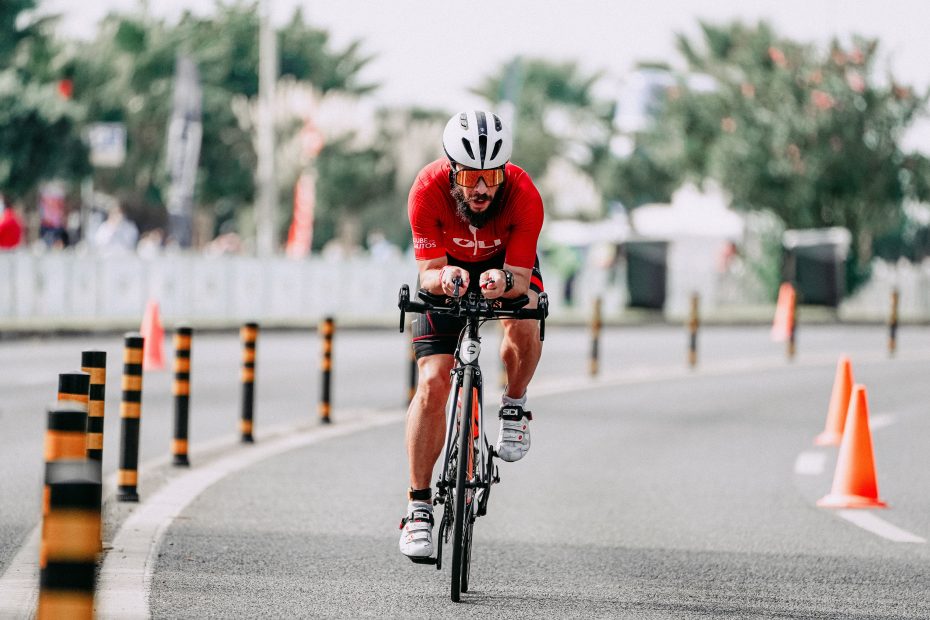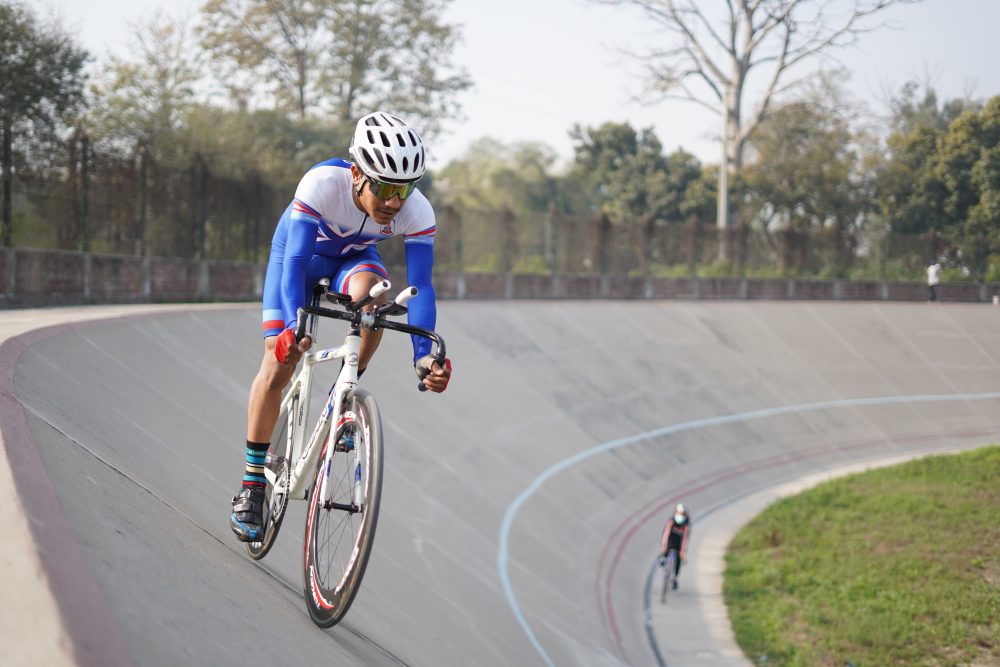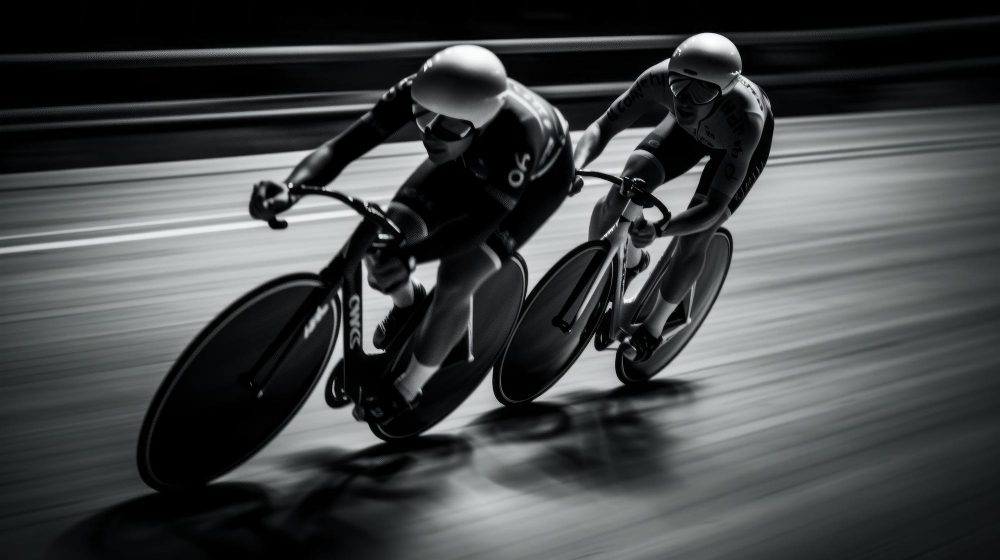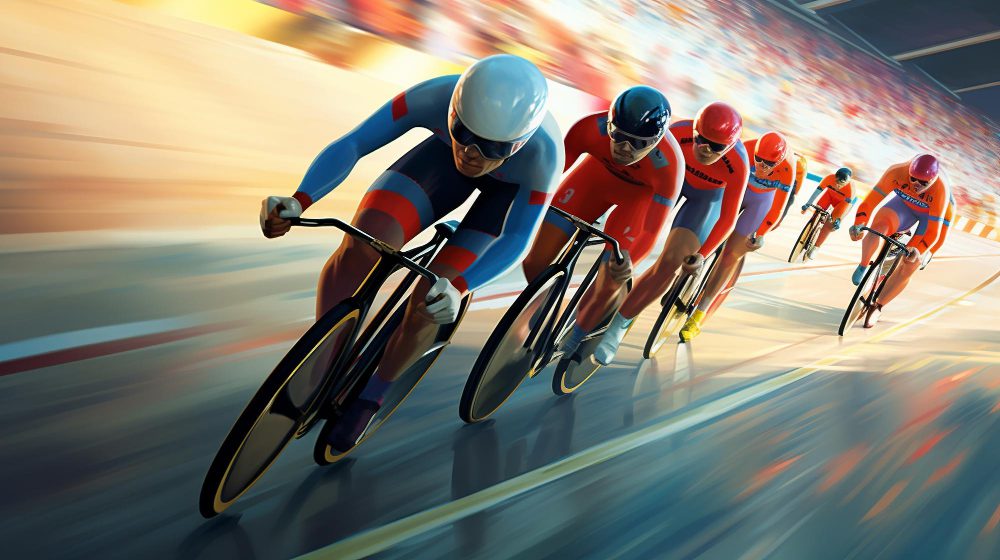What is a famous cycling competition called?
Cycling is a popular sport in the United Kingdom, with a rich history and a dedicated fanbase. One of the most renowned cycling competitions in the world is the Tour de France. This prestigious race is often referred to as the “grandest of all the gruels” and captures the attention of cycling enthusiasts worldwide.
The Tour de France: A Brief Overview
First held in 1903, the Tour de France has become synonymous with endurance, skill, and determination. It is a multi-stage race that traverses various terrains and covers a distance of approximately 3,500 kilometers. The route changes each year, offering new challenges and showcasing different regions of France.
The race typically lasts for three weeks, with cyclists competing in both individual and team categories. The ultimate prize is the iconic yellow jersey, awarded to the cyclist with the lowest cumulative time over all the stages. The Tour de France has seen legendary cyclists such as Eddy Merckx, Miguel Indurain, and Chris Froome etch their names into cycling history.
Impact and Significance of the Tour de France
The Tour de France is not only a test of physical endurance but also a cultural phenomenon that captivates audiences around the world. It has played a crucial role in promoting cycling as a sport and has inspired countless individuals to take up cycling as a recreational activity or a means of transportation.
Moreover, the event contributes significantly to the tourism industry in France, attracting millions of spectators who line the streets to cheer on the cyclists. Each year, the Tour de France showcases the natural beauty and cultural heritage of different regions, providing a platform for the promotion of local tourism and businesses.
Notable Tour de France Moments
The Tour de France has produced numerous memorable moments throughout its history. From dramatic mountain climbs to sprint finishes on the Champs-Élysées, the race never fails to deliver excitement. One of the most iconic incidents occurred in 1967 when Tom Simpson tragically lost his life due to a combination of heat exhaustion, alcohol, and amphetamines. This event sparked conversations about doping in cycling and led to increased awareness about the importance of athlete safety.
“The Tour de France is a true test of physical and mental strength. It pushes cyclists to their limits and showcases the incredible athleticism required to conquer such a grueling race.” – Cycling enthusiast
Cycling Competitions in the UK
While the Tour de France is undoubtedly the most renowned cycling competition globally, the United Kingdom also hosts various prestigious races. These include the Tour of Britain, which attracts world-class cyclists and traverses scenic routes throughout the country. Another notable event is the RideLondon-Surrey Classic, where professional cyclists race through the streets of London before tackling challenging climbs in Surrey.
What are the three major cycling stage races?
Cycling stage races are some of the most thrilling and prestigious events in the world of professional cycling. These multi-day competitions test the endurance, skill, and tactics of the riders as they navigate through various stages across different terrains. In this article, we will take a look at the three major cycling stage races that attract cyclists and spectators from all over the globe.
Tour de France
The Tour de France is arguably the most famous and iconic cycling stage race, captivating audiences each year. Spanning over three weeks in July, it consists of 21 stages covering thousands of kilometers throughout France and occasionally neighboring countries. The race attracts the world’s top cyclists and is known for its challenging mountain stages and spectacular finishes on the Champs-Élysées in Paris.
Giro d’Italia
The Giro d’Italia, also known as the Tour of Italy, is another prestigious cycling stage race that takes place annually in May. Spanning over three weeks, it features 21 stages primarily within Italy but occasionally includes stages outside the country. The Giro d’Italia is known for its demanding and often unpredictable routes, with riders facing tough mountain climbs and stunning scenic views along the way.
Vuelta a España
The Vuelta a España, or Tour of Spain, is the third of the three major cycling stage races and is held in late August and early September. Similar to the Tour de France and Giro d’Italia, it comprises 21 stages and covers a significant distance across Spain and occasionally neighboring countries. The Vuelta a España is known for its challenging mountainous terrain and exciting sprint finishes.
In conclusion, the Tour de France, Giro d’Italia, and Vuelta a España are the three major cycling stage races that captivate cyclists and fans worldwide. Each race offers unique challenges and showcases the immense talent, determination, and teamwork of the riders. Whether you are a cycling enthusiast or simply appreciate the thrill of competitive sports, these races are must-watch events that showcase the beauty and excitement of professional cycling.
The Giro d’Italia: The Grand Tour of the Land of Passion
The Giro d’Italia, also known as “the Corsa Rosa,” is one of the three major stage races in professional cycling. Held annually in Italy, this prestigious event attracts thousands of passionate fans from all over the world. With its rich history, challenging routes, and vibrant atmosphere, the Giro d’Italia has earned a well-deserved reputation as one of the most exciting races on the pro cycling calendar.
A Race of Legends
The nickname “the Corsa Rosa” perfectly encapsulates the spirit of the Giro d’Italia. The name translates to “the Pink Race” in English, paying homage to the iconic pink jersey worn by the race leader. Inspired by the pink pages of the Italian newspaper La Gazzetta dello Sport, the pink jersey has become a symbol of greatness within the cycling community.
A Journey through Italy’s Beauty
The Giro d’Italia takes riders on an extraordinary journey through breathtaking landscapes, historic cities, and quaint villages. From the towering Dolomite mountains in the north to the sun-drenched coastlines of the south, each stage showcases the diverse beauty of Italy. As cyclists navigate the challenging terrain, they are met with enthusiastic crowds, cheering them on every pedal stroke of the way.
Battling for the Pink Jersey
The coveted pink jersey is awarded to the individual cyclist who completes each stage with the lowest cumulative time. This jersey signifies the overall race leader, celebrating their strength and determination throughout the race. Cyclists from around the world strive to wear the pink jersey, etching their names into the annals of cycling history alongside legendary champions like Eddy Merckx, Fausto Coppi, and Miguel Indurain.
“The Giro d’Italia is more than just a race; it’s a celebration of Italy’s passion for cycling and its cultural heritage. It brings people together, instilling a sense of camaraderie and excitement that is truly unparalleled.”
A Showcase of Cycling Skills
The Giro d’Italia challenges riders with demanding climbs, treacherous descents, and technical time trials. These stages test the cyclists’ endurance, agility, and strategic thinking. The race often unfolds in nail-biting fashion, as the contenders battle each other on the road to claim victory. With each passing year, the Giro d’Italia continues to captivate viewers with its thrilling racing and unpredictable outcomes.
Join the Passion
If you’re a cycling enthusiast, the Giro d’Italia is an event you won’t want to miss. Whether you witness the race firsthand on the roadside or follow it from the comfort of your own home, you’ll be swept up in the electric atmosphere and caught in the grips of “the Corsa Rosa.” So mark your calendars, don your pink attire, and join the legions of fans cheering on the riders as they pedal their way to glory in the Giro d’Italia.
What is the origin of the Keirin bike race?
The Keirin bike race is a popular cycling event that originated in Japan. Developed in the early 20th century, Keirin was initially created as a way to bet on bicycle races and stimulate the country’s post-war economy. Today, it has become an internationally recognized sport, featuring skilled athletes competing for victory.
Japan’s Cycling Culture
To understand the origin of Keirin, it is essential to dive into Japan’s rich cycling culture. Cycling has always been a popular mode of transportation in Japan, with bicycles playing a significant role in daily life. However, in the 1940s, the Japanese government sought to harness the sport’s potential by establishing a legal gambling system around bicycle racing.
The Birth of Keirin
In 1948, the Nihon Jitensha Shinkōkai (Japanese Bicycle Racing Association) was formed to regulate and promote bicycle racing. The association introduced Keirin as a new form of racing, characterized by its unique rules and track design. The word “Keirin” itself means “racing wheels” in Japanese, reflecting the essence of the sport.
Keirin races involve six to nine cyclists who compete over several laps on an oval track. One distinguishing feature of Keirin is the use of motor-paced racing, where cyclists follow behind a motorized bicycle called a “derny” for the majority of the race. The derny sets a gradually increasing pace before pulling off the track near the final stages, allowing the cyclists to sprint to the finish line.
Keirin’s International Reach
Over the years, Keirin gained popularity outside of Japan, leading to its inclusion in international cycling competitions. In 2000, it became an official Olympic event at the Sydney Games, highlighting its significance in the world of professional cycling.
The Keirin bike race originated in Japan as a means to stimulate the post-war economy and gained international recognition as a competitive sport.
To give you an idea of the excitement surrounding Keirin, here are some key facts:
| Fact | Description |
|---|---|
| Keirin School | The Nihon Jitensha Shinkōkai established a specialized training school called the Keirin School to develop professional cyclists for the sport. |
| Strict Rules | Keirin races have strict regulations, including inspections of cyclists’ bicycles and equipment before each race to ensure fair competition. |
| Popular Betting Sport | Keirin is still heavily associated with gambling in Japan, with dedicated betting parlors where fans can place their bets on races. |
In conclusion, the Keirin bike race has its roots deeply embedded in Japanese cycling culture and the nation’s desire to boost its economy after World War II. This thrilling sport has evolved into a globally recognized event, captivating audiences with its fast-paced action and skillful participants.
What is a Scratch Race in Cycling?
A scratch race is one of the most popular and exciting events in track cycling. It is a straightforward race where all participants start together, and the first rider to cross the finish line is the winner. Unlike other track cycling events, such as pursuit or team sprint, there are no qualifying rounds or timed segments in a scratch race.
In a scratch race, cyclists aim to complete a set number of laps around the track, which can vary depending on the event or venue. The race is fast-paced and highly competitive, with riders jostling for position, strategically attacking, and defending against attacks from opponents. It requires both speed and tactical awareness to succeed in a scratch race.
Race Tactics
To increase their chances of winning, cyclists often form alliances or work in teams during a scratch race. They may take turns leading the peloton to maintain a high pace, or launch coordinated attacks to break away from the pack. These tactics can create an exciting dynamic, with constant changes in the pecking order as riders try to outsmart each other.
Understanding the bell lap is crucial in a scratch race. As the final lap approaches, the sound of a bell signals to the riders that it is their last chance to make a move and secure a winning position. This usually leads to a fierce sprint finish, with riders giving it their all to cross the finish line first.
Strategies for Success
Successful scratch racers often combine strong sprinting abilities with good endurance. They need to be able to maintain a high intensity throughout the race while conserving enough energy for the final sprint. Timing is key, as launching an attack too early can lead to burnout, while waiting too long can result in being caught by the chasing pack.
“A scratch race is a true test of a cyclist’s speed, stamina, and tactical prowess. It’s an all-out battle from start to finish, with every rider vying for glory.”
Overall, a scratch race is an exhilarating and unpredictable event that showcases the best of track cycling. Whether you’re a cyclist or a spectator, witnessing this intense competition is sure to leave you on the edge of your seat.
What are the 5 skills involved in sprint racing?
Sprint racing is an exciting and challenging sport that requires a combination of physical endurance, technical skill, and mental focus. Whether you’re a beginner or an experienced competitor, there are five key skills that are crucial for success in sprint racing.
1. Speed and Explosiveness
In sprint racing, speed is everything. Athletes need to possess exceptional speed and explosiveness to excel on the track. To develop these skills, sprinters often focus on strength training, plyometrics, and sprint-specific drills.
2. Technique and Form
Proper technique and form are essential for sprinters to maximize their speed and efficiency. Sprinters work on their stride length, arm movement, foot placement, and body position to optimize their performance. Coaches play a vital role in providing guidance and feedback on technique.
3. Start and Acceleration
The start and acceleration phase are critical in sprint racing. Athletes must master the art of exploding out of the starting blocks and quickly reaching top speed. Training includes practicing reaction time, block start technique, and acceleration drills.
4. Endurance and Stamina
Sprint racing may be short in duration, but it requires significant levels of endurance and stamina. Athletes need to maintain their speed throughout the race and resist fatigue. Endurance training, such as high-intensity interval training (HIIT) and long-distance runs, helps build the necessary stamina.
5. Mental Toughness and Strategy
Mental toughness and strategy are often the deciding factors in sprint races. Sprinters need to stay focused, maintain a positive mindset, and adapt to changing race conditions. They also need to plan their race strategies, including pacing, positioning, and managing the competition.
As sprint racing continues to evolve, athletes are continually pushing the boundaries of these skills. Developing and refining these five key areas can greatly enhance a sprinter’s performance and help them achieve their goals on the track.
Conclusion
The Tour de France stands out as the pinnacle of cycling competitions, captivating audiences with its thrilling stages, awe-inspiring landscapes, and remarkable displays of athletic prowess. This iconic race has become a symbol of endurance, sportsmanship, and the pursuit of excellence in the world of cycling. Whether you are a fan of cycling or simply appreciate the dedication and skill it requires, the Tour de France continues to provide unforgettable moments that will be cherished for years to come.



